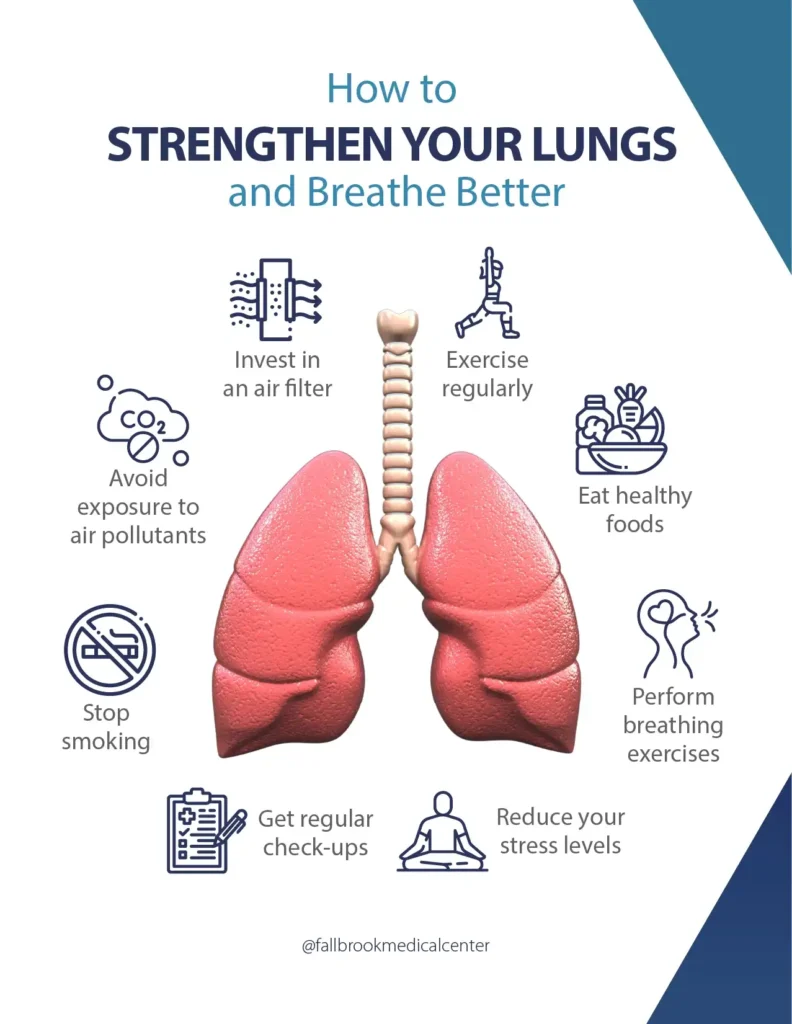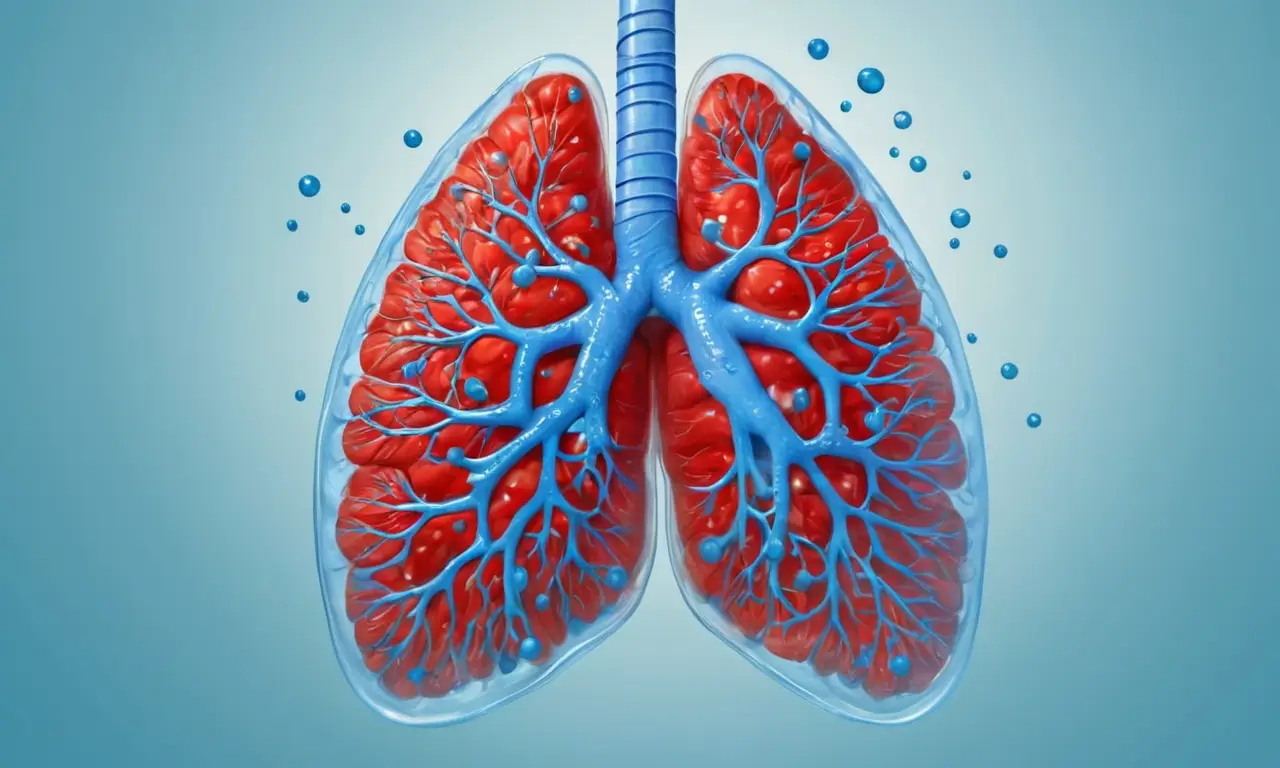
Our lungs are vital organs responsible for taking in oxygen and expelling carbon dioxide, a process essential for our survival. Lung capacity, the maximum amount of air we can inhale and exhale, plays a crucial role in this function. Understanding what constitutes normal lung capacity and the factors that influence it empowers us to make informed decisions about our health and well-being. This article delves into the intricacies of lung capacity, exploring its definition, average values, influencing factors, and practical strategies for improvement.
What is Lung Capacity?
Lung capacity refers to the total volume of air your lungs can hold. It’s measured in liters (L) and represents the maximum amount of air you can inhale followed by exhaling completely. There are different types of lung capacity measurements:
- Tidal Volume: The amount of air inhaled or exhaled during normal breathing.
- Inspiratory Reserve Volume: The extra air you can forcefully inhale after a normal breath.
- Expiratory Reserve Volume: The extra air you can forcefully exhale after a normal breath.
- Residual Volume: The air remaining in your lungs even after maximal exhalation.
These measurements combine to determine your total lung capacity, providing a comprehensive picture of your lung function.
Average Lung Capacity for Adults

The average lung capacity for healthy adults varies depending on factors like age, gender, height, and overall health. Generally, men tend to have larger lung capacities than women due to their larger body size. As we age, our lung capacity naturally declines.
Here’s a general guideline:
- Men: 5.5 to 7 liters
- Women: 4 to 6 liters
It’s important to remember that these are just averages, and individual variations are common. If you have concerns about your lung capacity, consult with a healthcare professional for personalized assessment.
Factors Affecting Lung Capacity
Several factors can influence your lung capacity, both positively and negatively:
- Genetics: Your genetic makeup plays a role in determining the size and structure of your lungs.
- Age: As mentioned earlier, lung capacity naturally declines with age due to changes in lung tissue elasticity and muscle strength.
- Gender: Men typically have larger lung capacities than women due to their larger body size and skeletal structure.
- Height: Taller individuals generally have larger lung capacities as they tend to have a greater chest cavity volume.
- Smoking: Smoking significantly damages the lungs, reducing their capacity and increasing the risk of respiratory diseases.
- Air Pollution: Exposure to air pollutants can irritate and inflame the airways, hindering lung function.
- Medical Conditions: Certain medical conditions, such as asthma, COPD, and cystic fibrosis, can impair lung capacity.
Improving Lung Function

Fortunately, there are several steps you can take to improve your lung function and potentially increase your lung capacity:
- Quit Smoking: If you smoke, quitting is the single most important step you can take to improve your lung health.
- Exercise Regularly: Engaging in regular physical activity strengthens your respiratory muscles and improves lung efficiency. Aim for at least 30 minutes of moderate-intensity exercise most days of the week.
- Practice Deep Breathing Exercises: Deep, controlled breathing exercises can help expand your lung capacity and improve oxygen intake.
Exercises to Increase Lung Capacity
Incorporating specific exercises into your routine can further enhance your lung function:
- Diaphragmatic Breathing: Lie down on your back with your knees bent and feet flat on the floor. Place one hand on your chest and the other on your abdomen. Inhale deeply through your nose, feeling your abdomen expand while your chest remains relatively still. Exhale slowly through your mouth, allowing your abdomen to contract.
- Pursed-Lip Breathing: Inhale slowly through your nose. Then, exhale slowly through pursed lips as if you were whistling. This technique helps slow down your breathing rate and improve air flow.
- Walking Lunges: Step forward with one leg and lower your body until both knees are bent at a 90-degree angle. Push off with your front foot to return to the starting position and repeat on the other side.
Conclusion
Understanding lung capacity, its average values, influencing factors, and improvement strategies empowers us to take proactive steps towards maintaining optimal respiratory health. By adopting healthy lifestyle choices, engaging in regular exercise, and incorporating specific breathing techniques, we can enhance our lung function and improve our overall well-being. Remember, prioritizing your lung health is an investment in a healthier and more fulfilling life.
